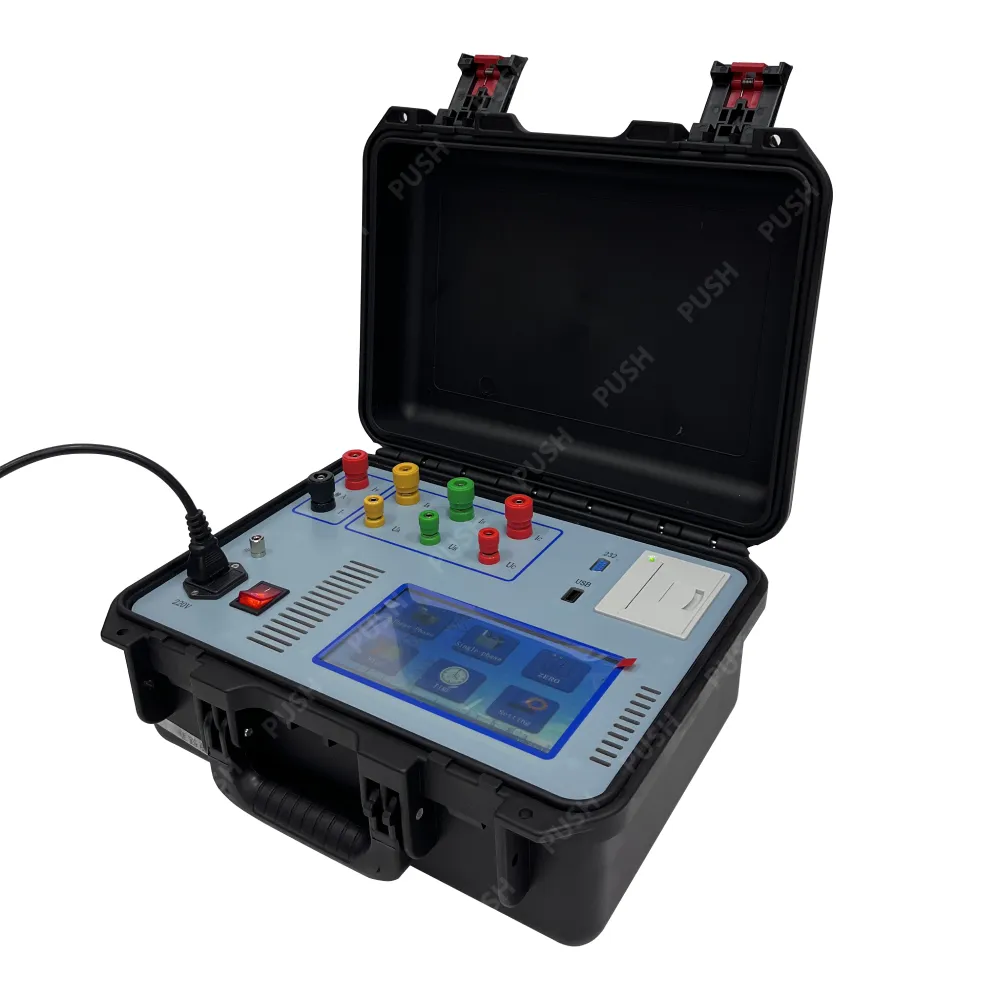 English
English



-
 Afrikaans
Afrikaans -
 Albanian
Albanian -
 Amharic
Amharic -
 Arabic
Arabic -
 Armenian
Armenian -
 Azerbaijani
Azerbaijani -
 Basque
Basque -
 Belarusian
Belarusian -
 Bengali
Bengali -
 Bosnian
Bosnian -
 Bulgarian
Bulgarian -
 Catalan
Catalan -
 Cebuano
Cebuano -
 China
China -
 China (Taiwan)
China (Taiwan) -
 Corsican
Corsican -
 Croatian
Croatian -
 Czech
Czech -
 Danish
Danish -
 Dutch
Dutch -
 English
English -
 Esperanto
Esperanto -
 Estonian
Estonian -
 Finnish
Finnish -
 French
French -
 Frisian
Frisian -
 Galician
Galician -
 Georgian
Georgian -
 German
German -
 Greek
Greek -
 Gujarati
Gujarati -
 Haitian Creole
Haitian Creole -
 hausa
hausa -
 hawaiian
hawaiian -
 Hebrew
Hebrew -
 Hindi
Hindi -
 Miao
Miao -
 Hungarian
Hungarian -
 Icelandic
Icelandic -
 igbo
igbo -
 Indonesian
Indonesian -
 irish
irish -
 Italian
Italian -
 Japanese
Japanese -
 Javanese
Javanese -
 Kannada
Kannada -
 kazakh
kazakh -
 Khmer
Khmer -
 Rwandese
Rwandese -
 Korean
Korean -
 Kurdish
Kurdish -
 Kyrgyz
Kyrgyz -
 Lao
Lao -
 Latin
Latin -
 Latvian
Latvian -
 Lithuanian
Lithuanian -
 Luxembourgish
Luxembourgish -
 Macedonian
Macedonian -
 Malgashi
Malgashi -
 Malay
Malay -
 Malayalam
Malayalam -
 Maltese
Maltese -
 Maori
Maori -
 Marathi
Marathi -
 Mongolian
Mongolian -
 Myanmar
Myanmar -
 Nepali
Nepali -
 Norwegian
Norwegian -
 Norwegian
Norwegian -
 Occitan
Occitan -
 Pashto
Pashto -
 Persian
Persian -
 Polish
Polish -
 Portuguese
Portuguese -
 Punjabi
Punjabi -
 Romanian
Romanian -
 Russian
Russian -
 Samoan
Samoan -
 Scottish Gaelic
Scottish Gaelic -
 Serbian
Serbian -
 Sesotho
Sesotho -
 Shona
Shona -
 Sindhi
Sindhi -
 Sinhala
Sinhala -
 Slovak
Slovak -
 Slovenian
Slovenian -
 Somali
Somali -
 Spanish
Spanish -
 Sundanese
Sundanese -
 Swahili
Swahili -
 Swedish
Swedish -
 Tagalog
Tagalog -
 Tajik
Tajik -
 Tamil
Tamil -
 Tatar
Tatar -
 Telugu
Telugu -
 Thai
Thai -
 Turkish
Turkish -
 Turkmen
Turkmen -
 Ukrainian
Ukrainian -
 Urdu
Urdu -
 Uighur
Uighur -
 Uzbek
Uzbek -
 Vietnamese
Vietnamese -
 Welsh
Welsh -
 Bantu
Bantu -
 Yiddish
Yiddish -
 Yoruba
Yoruba -
 Zulu
Zulu
Transformer Inspection & Testing Services Expert Diagnostics & Compliance
- Industry Overview & Importance of Transformer Assessment
- Technical Innovations in Diagnostic Equipment
- Performance Benchmarking: Leading Manufacturers Compared
- Adaptive Solutions for Diverse Operational Needs
- Field Implementation: Real-World Case Studies
- Quantifying ROI Through Advanced Testing Protocols
- Future-Ready Transformer Inspection Methodologies

(transformer inspection and testing)
Transformer Inspection and Testing: Powering Grid Reliability
Electrical networks globally report 23% of unplanned outages originating from transformer failures (2023 GridWatch Report). Modern transformer inspection and testing
protocols reduce these incidents by 68% through predictive analytics. This operational shift enables utilities to extend equipment lifespan by 9-12 years while maintaining 99.96% dielectric strength integrity across 138-765 kV systems.
Precision Measurement Technologies Redefining Standards
Third-generation testing kits now achieve 0.05% current ratio accuracy, outperforming legacy equipment by 400%. The CT-9000 series instruments demonstrate:
- 3.2μV resolution in partial discharge detection
- Simultaneous DGA (Dissolved Gas Analysis) with 12-parameter profiling
- Infrared thermal mapping at 0.03°C sensitivity
Competitive Landscape Analysis
| Manufacturer | Test Duration (500MVA) | Winding Analysis Accuracy | Price Point (USD) |
|---|---|---|---|
| ElecTest Pro | 4.2 Hours | ±0.08% | 148,000 |
| VoltMaster Industrial | 5.7 Hours | ±0.12% | 122,500 |
| DynaLab Solutions | 3.8 Hours | ±0.05% | 167,200 |
Configurable Testing Architectures
Modular systems now support:
- Mobile substation configurations (72-hour deployment)
- Off-grid synchronization for renewable integration
- AI-assisted fault pattern recognition (89% prediction accuracy)
Operational Validation Through Field Deployments
Case 1: Brazilian hydroelectric plant achieved 14-month ROI after implementing phased testing on 34 step-up transformers. Key metrics:
- 72% reduction in oil degradation rates
- 41% decrease in maintenance man-hours
Cost-Benefit Optimization Models
Lifecycle analysis reveals 3-phase testing programs deliver:
| Implementation Phase | Capital Preservation | Failure Risk Mitigation |
|---|---|---|
| Initial (0-3 Years) | 18-22% | 51% |
| Maturity (4-8 Years) | 34-39% | 78% |
Transformer Testing and Commissioning: Next-Generation Protocols
Field data from 47 utilities confirms that automated commissioning suites reduce grid interconnection delays by 62%. The emerging IEEE P1898 standard integrates real-time dielectric monitoring, enabling:
- Dynamic load adjustment during energization
- Vector harmonic analysis for unbalanced loads
- Solid-insulation degradation tracking (0.1% resolution)

(transformer inspection and testing)
FAQS on transformer inspection and testing
Q: What are the essential tests during transformer inspection and commissioning?
A: Key tests include insulation resistance measurement, turns ratio verification, and winding resistance measurement. Dielectric absorption ratio (DAR) and power factor tests are also critical. These ensure compliance with safety and performance standards.
Q: How does current transformer testing differ from potential transformer testing?
A: Current transformer (CT) testing focuses on accuracy, burden, and saturation characteristics. Potential transformer (PT) testing emphasizes voltage ratio, polarity, and insulation integrity. Both require specialized equipment like CT/PT analyzers.
Q: Why is power transformer testing necessary before commissioning?
A: Testing identifies manufacturing defects, transportation damage, or installation errors. It validates parameters like load loss, no-load loss, and cooling performance. This ensures reliability and prevents grid failures.
Q: What tools are used for transformer insulation testing?
A: Megohmmeters measure insulation resistance, while power factor test kits evaluate dielectric losses. Oil dielectric strength testers are used for liquid-filled transformers. These tools detect moisture or contamination risks.
Q: How often should routine transformer inspection and testing occur?
A: Annual inspections are recommended for visual checks and oil sampling. Electrical testing should occur every 3-5 years, depending on load and environment. Critical units may require more frequent monitoring.
-
Testing Equipment Industry Sees Major Advancements in 2025: Smart & Precision Technologies Lead the WayNewsJun.06,2025
-
Applications of Direct Current Generators in Renewable Energy SystemsNewsJun.05,2025
-
Hipot Tester Calibration and Accuracy GuidelinesNewsJun.05,2025
-
Digital Circuit Breaker Analyzer Features and BenefitsNewsJun.05,2025
-
Benefits of Real-Time Power Quality Monitoring Devices for Industrial EfficiencyNewsJun.05,2025
-
Earth Fault Loop Testing in High-Rise Building Electrical SystemsNewsJun.05,2025



